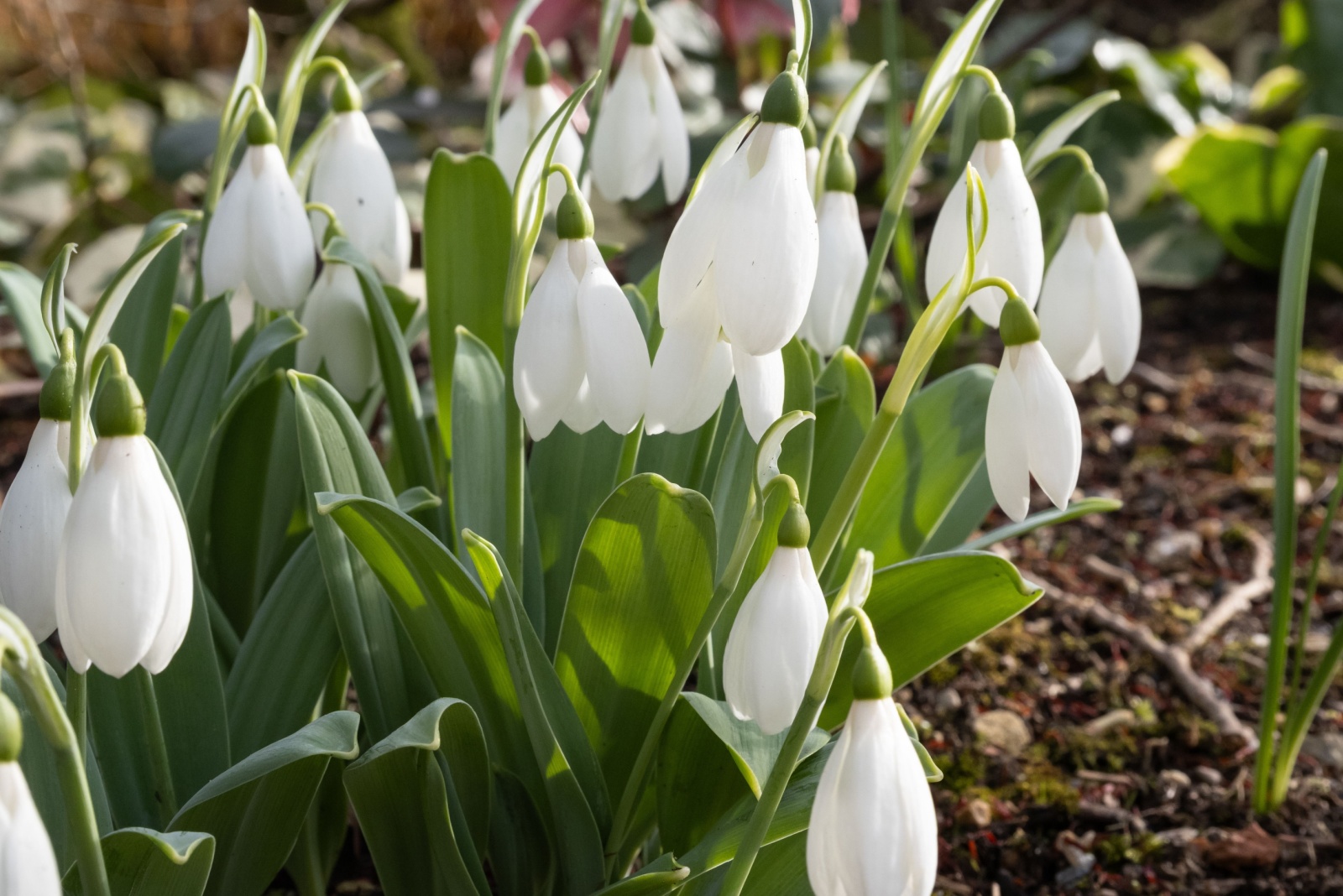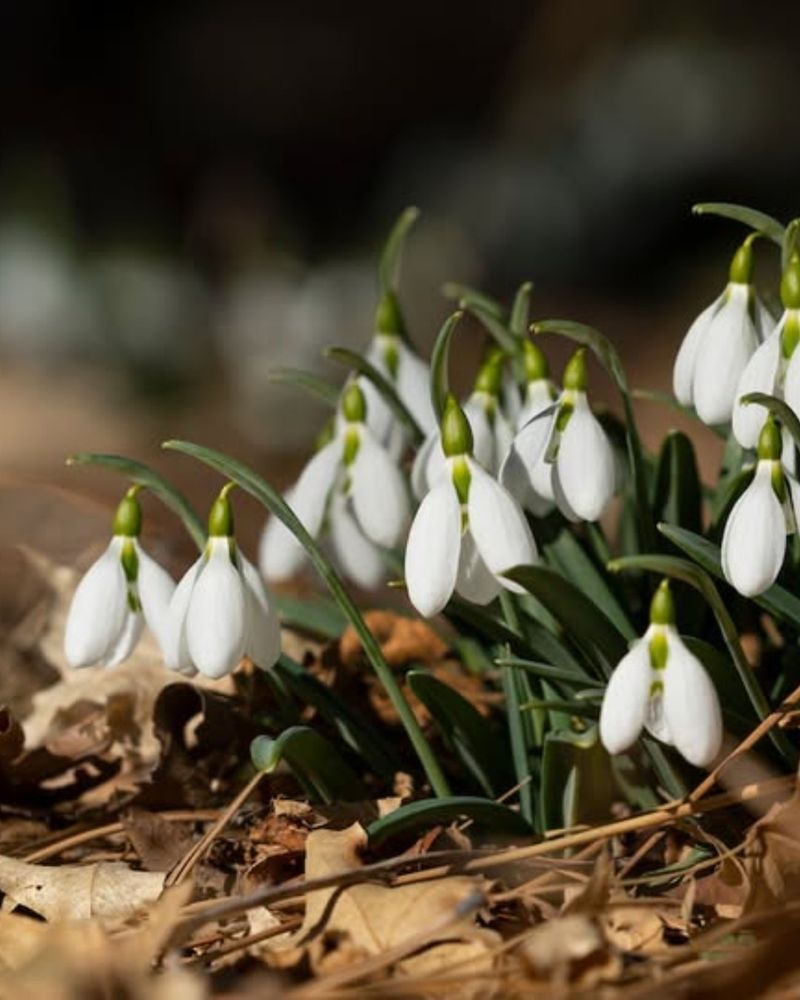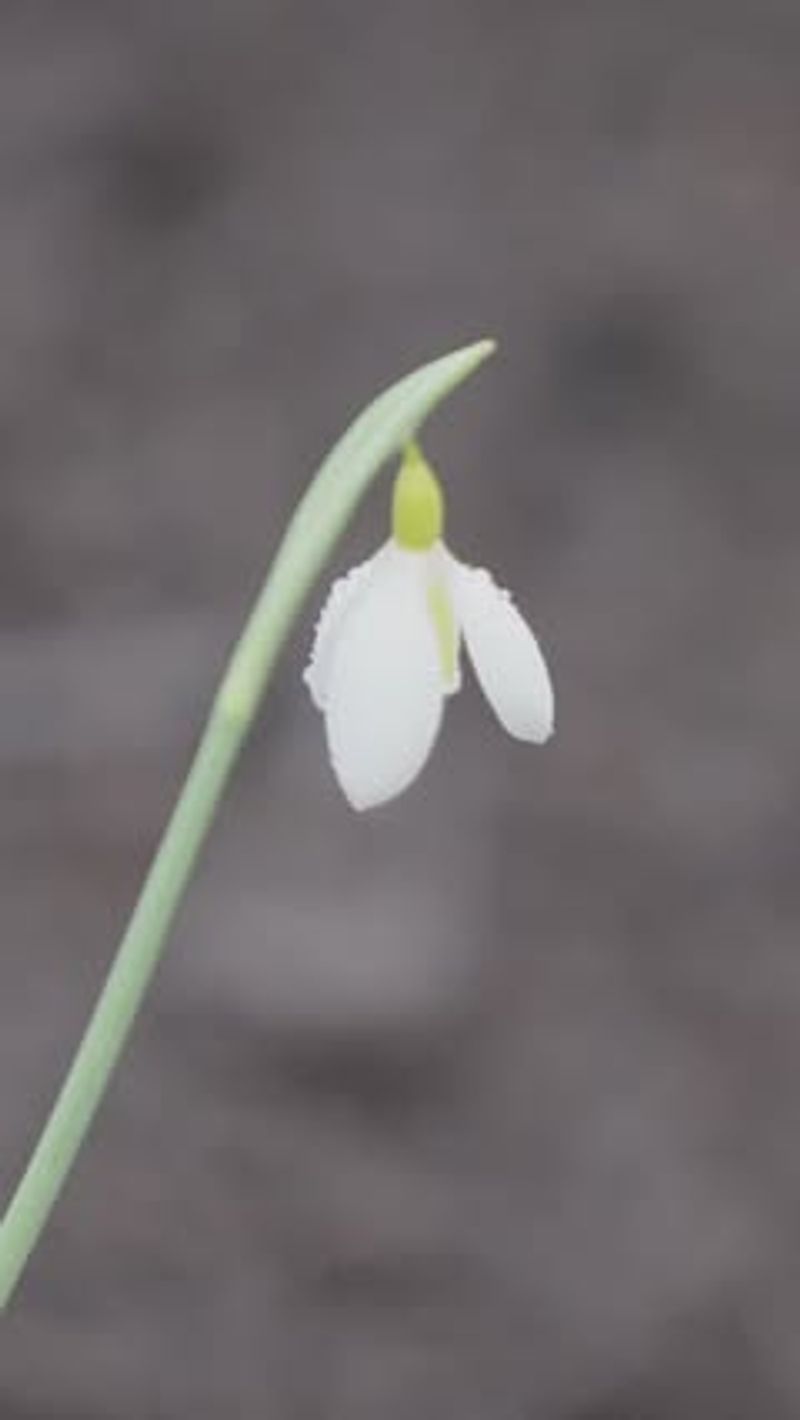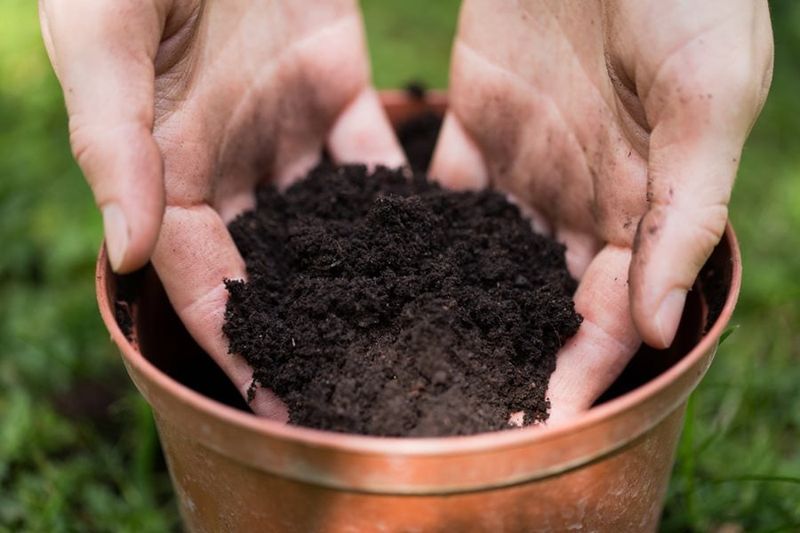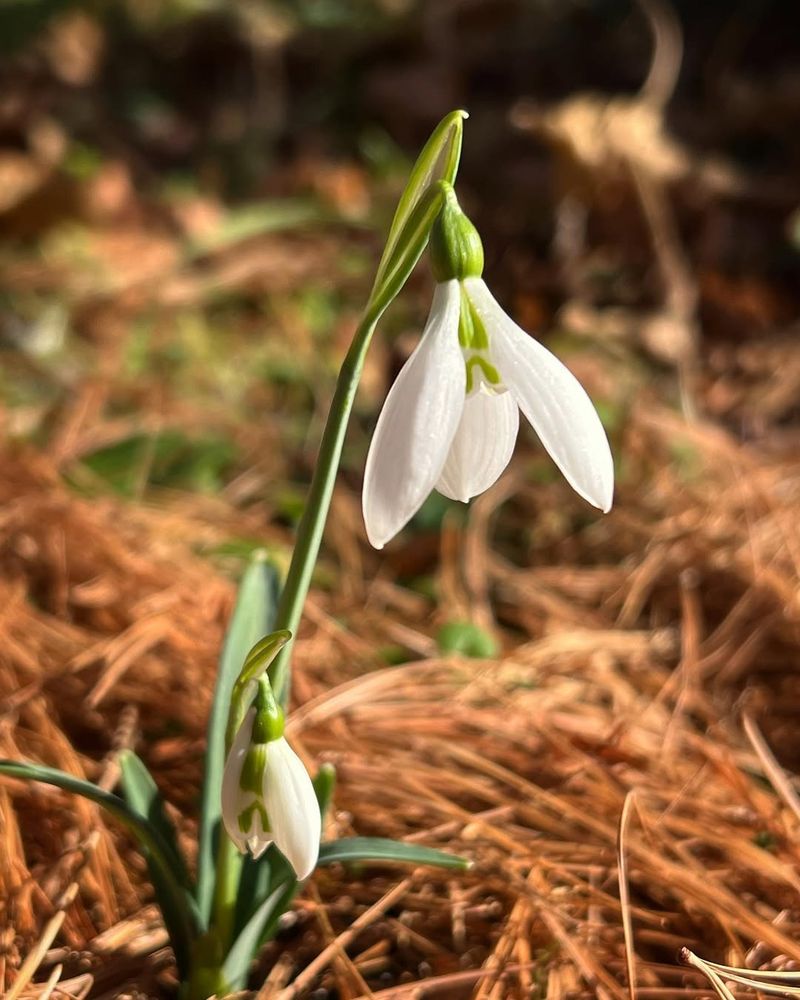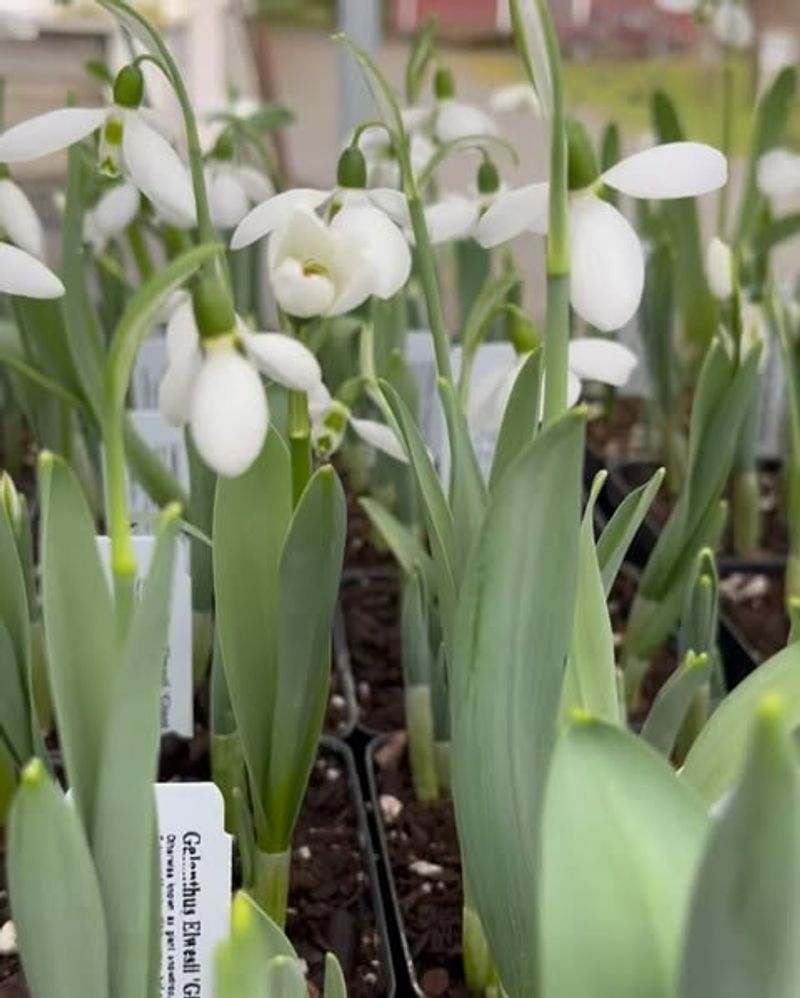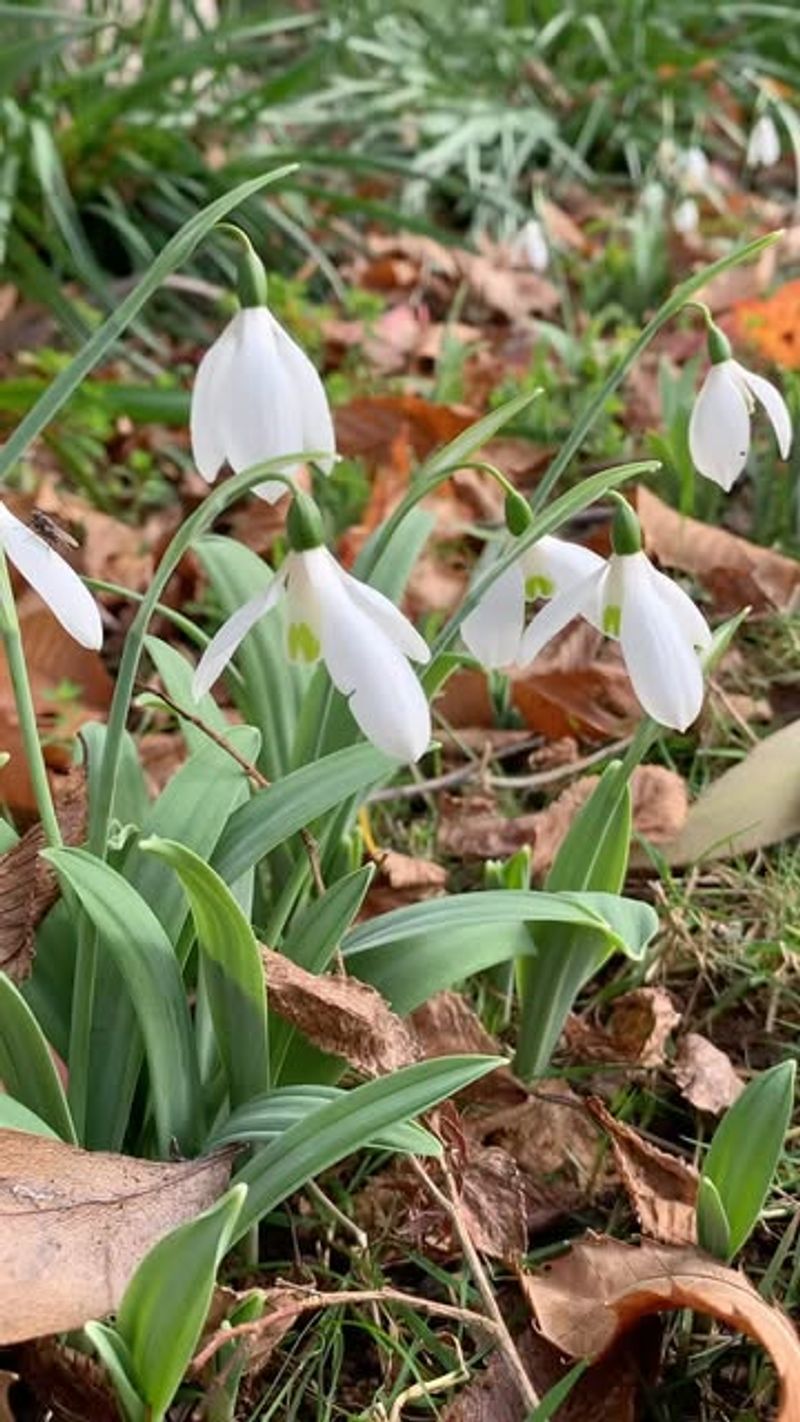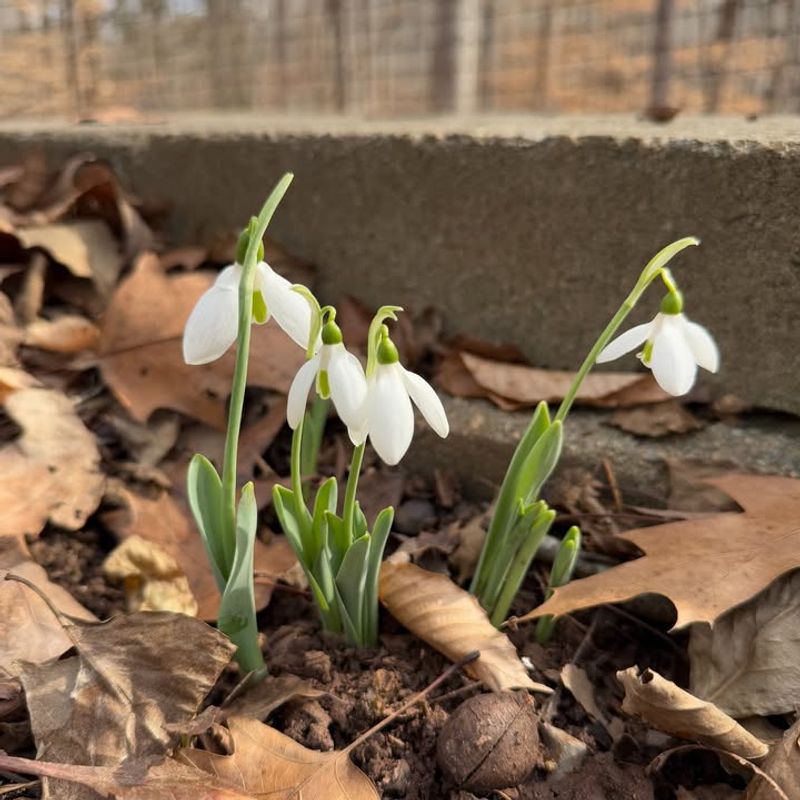Snowdrops are some of the first flowers to peek through in late winter, offering a touch of hope after Michigan’s long, cold months. Their delicate white blooms feel like nature’s quiet promise of spring.
Planting these charming bulbs in the fall gives them time to settle in before the ground freezes. They’ll rest through winter, then burst to life when the snow begins to melt.
I’ve found that with just a few simple steps, you can enjoy their beauty year after year. It’s a small effort that brings big joy when everything else is still asleep.
1. Pick The Perfect Planting Time
Timing matters when planting snowdrop bulbs in Michigan. September through early November works best, giving bulbs enough time to develop roots before winter arrives. Cooler fall temperatures help bulbs settle without the stress of summer heat.
Wait until soil temperatures drop below 60 degrees for optimal results. Many Michigan gardeners aim for mid-October, when conditions are just right. Early planting ensures your snowdrops will greet you with blooms come February or March.
2. Choose A Suitable Location
Snowdrops thrive in spots that mimic their natural woodland habitat. Look for areas with partial shade, especially under deciduous trees that lose leaves in winter. Morning sun with afternoon shade creates ideal growing conditions throughout Michigan.
Good drainage is essential since waterlogged soil causes bulbs to rot. Avoid low-lying areas where water pools after rain or snowmelt. Slopes and raised beds work wonderfully for these early bloomers in Michigan gardens.
3. Prepare Your Soil Properly
Start by loosening soil to about six inches deep using a garden fork or trowel. Breaking up compacted earth allows roots to spread easily. Michigan clay soils benefit from adding compost or aged manure to improve texture.
Mix in organic matter to boost drainage and provide nutrients. A two-inch layer of compost worked into the planting area does wonders. Well-prepared soil gives snowdrop bulbs the best foundation for healthy growth and beautiful spring displays.
4. Plant Bulbs At Correct Depth
Snowdrop bulbs are small, usually about the size of a large marble. Plant them three inches deep, measuring from the bulb’s base to the soil surface. Proper depth protects them from freezing temperatures while allowing shoots to emerge easily.
Position bulbs with the pointed end facing upward and roots downward. Space them about three inches apart for a natural look. Michigan winters can be harsh, so correct planting depth ensures bulbs survive and thrive year after year.
5. Water Thoroughly After Planting
Newly planted bulbs need moisture to trigger root development. Water the planting area generously right after tucking bulbs into the ground. This settles soil around bulbs and eliminates air pockets that can dry out roots.
Michigan fall weather often brings rain, but if conditions are dry, provide supplemental watering. Keep soil consistently moist but never soggy during the first few weeks. Once winter arrives and ground freezes, nature takes over the watering duties until spring thaw.
6. Add Mulch For Winter Protection
A layer of mulch helps regulate soil temperature during Michigan’s freeze-thaw cycles. Spread two to three inches of shredded leaves, straw, or wood chips over the planting area. Mulch acts like a blanket, protecting bulbs from extreme temperature swings.
This protective covering also suppresses weeds and retains moisture. Apply mulch after the ground begins to freeze, usually late November in most Michigan areas. Come spring, you can leave mulch in place or gently pull it back as shoots emerge.
7. Mark Your Planting Spots
Snowdrops disappear completely after blooming, leaving no trace by summer. Place small stakes or markers where you planted bulbs to avoid accidentally digging them up later. Forgetting their location is easier than you might think during Michigan’s busy spring gardening season.
Labels help you plan future plantings around existing bulbs. Consider taking photos or drawing a simple garden map. These reminders prove invaluable when you’re eager to add more plants and want to avoid disturbing your snowdrop colonies.

